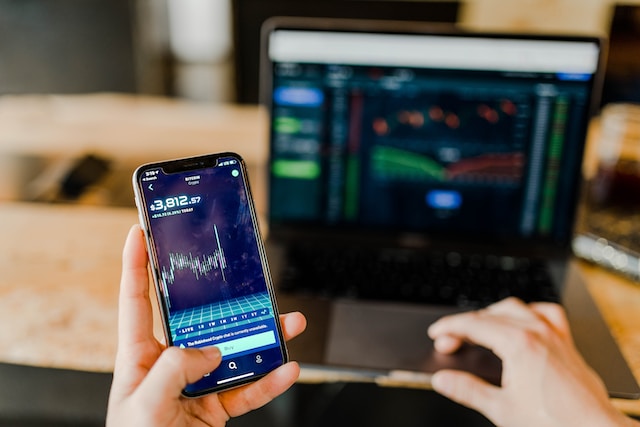Trading Technologies: Revolutionizing the Way We Trade
As a personal blogger who has dabbled in the world of trading, I have always been fascinated by the advancements in technology that have transformed the way we engage in financial markets. From the early days of shouting orders on the trading floor to the digital era of online trading platforms, the evolution has been nothing short of remarkable. In this article, I will delve into the world of trading technologies, exploring the impact they have had on the industry and sharing my own experiences along the way.
1. The Rise of Online Trading Platforms
Gone are the days when traders had to rely on phone calls and physical exchanges to execute their trades. With the advent of online trading platforms, such as E*TRADE, TD Ameritrade, and Interactive Brokers, trading has become more accessible and convenient than ever before. These platforms provide individuals with the ability to trade stocks, options, futures, and other financial instruments from the comfort of their own homes.
Personally, I remember the excitement and trepidation I felt when I made my first trade on an online platform. It was a thrilling experience to have instant access to real-time market data, charts, and news that influenced my trading decisions. The user-friendly interfaces and intuitive tools offered by these platforms made it easier for me to navigate the complexities of the financial markets.
2. Mobile Trading: Trading on the Go
With the proliferation of smartphones and tablets, trading has become truly mobile. Mobile trading apps, like Robinhood and MetaTrader, have empowered traders to stay connected to the markets wherever they may be. Whether I am commuting to work or waiting in line at the grocery store, I can monitor my positions, place trades, and even set alerts to notify me of price movements.
The convenience of mobile trading has undoubtedly enhanced my trading experience. It has allowed me to seize opportunities and manage my portfolio more effectively, even when I am away from my computer. However, it is important to exercise caution and not let the accessibility of mobile trading lead to impulsive or uninformed decisions.
3. Algorithmic Trading: The Rise of the Machines
One of the most significant advancements in trading technology is the emergence of algorithmic trading. Also known as automated trading or algo-trading, this approach relies on computer algorithms to execute trades based on predefined rules and strategies. Algorithmic trading has gained popularity due to its ability to process vast amounts of data, execute trades at lightning-fast speeds, and remove emotional biases from decision-making.
While I have not personally delved into algorithmic trading, I have witnessed its impact on the markets. High-frequency trading firms, armed with powerful computers and sophisticated algorithms, have become major players in the financial world. These firms capitalize on minuscule price discrepancies and execute trades within microseconds, often profiting from fleeting market inefficiencies.
4. Artificial Intelligence and Machine Learning
Artificial intelligence (AI) and machine learning (ML) are revolutionizing the trading landscape. These technologies enable computers to learn from vast amounts of historical data, identify patterns, and make predictions about future market movements. AI-powered trading systems, such as those offered by Quantopian and Trade Ideas, provide traders with valuable insights and automated strategies.
While AI and ML hold great promise, it is important to remember that they are tools, not crystal balls. They can augment our decision-making process, but they are not infallible. It is crucial to apply critical thinking and exercise caution when relying on AI-powered trading systems.
In conclusion, trading technologies have transformed the way we engage with financial markets. Online trading platforms have made trading more accessible, mobile trading has allowed us to trade on the go, algorithmic trading has introduced speed and efficiency, and AI and ML have brought new possibilities and insights. However, it is essential to approach these technologies with a balanced mindset, leveraging their benefits while also recognizing their limitations. As we continue to embrace technological advancements, the trading landscape will undoubtedly evolve further, presenting us with new opportunities and challenges alike.




